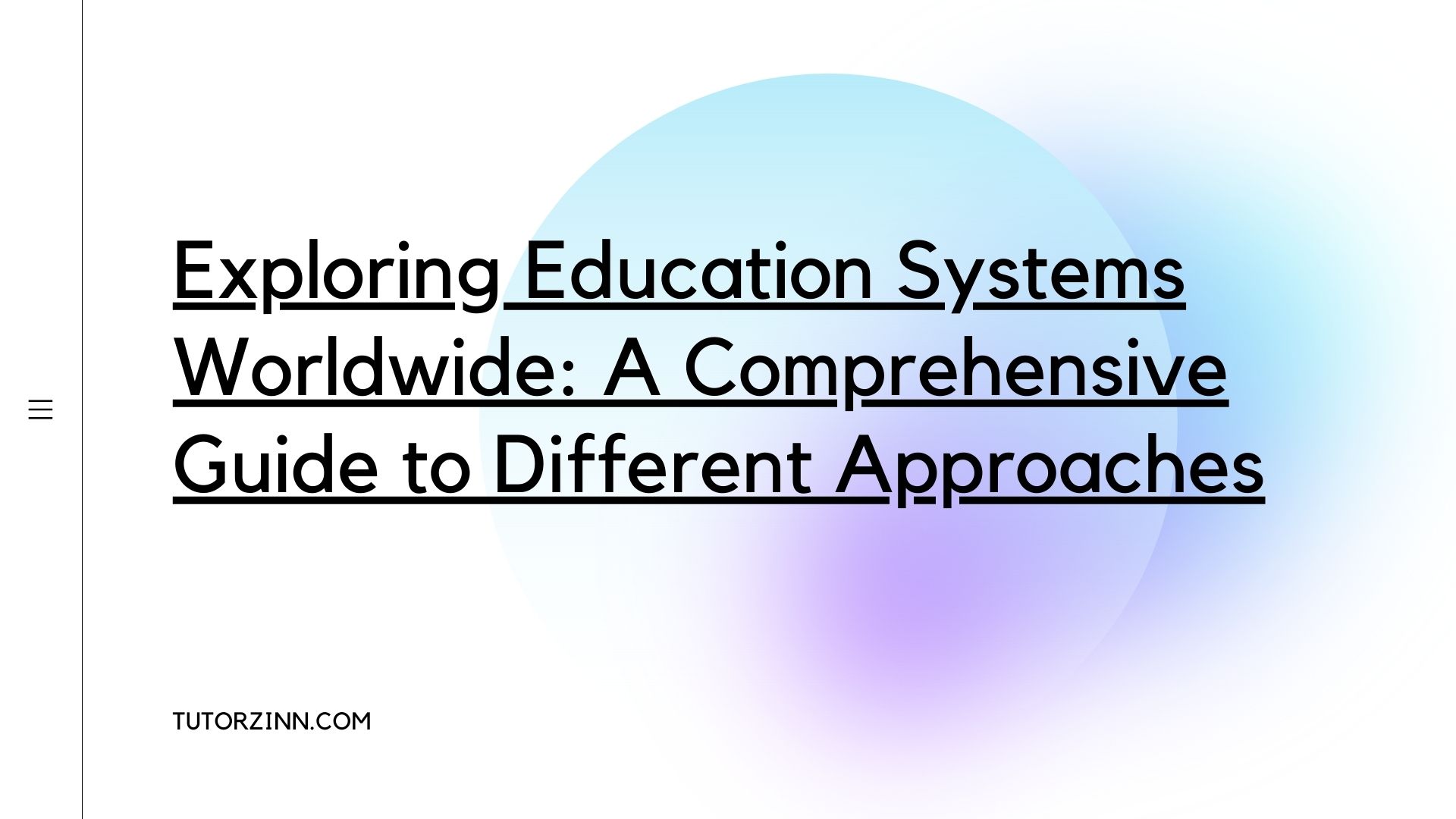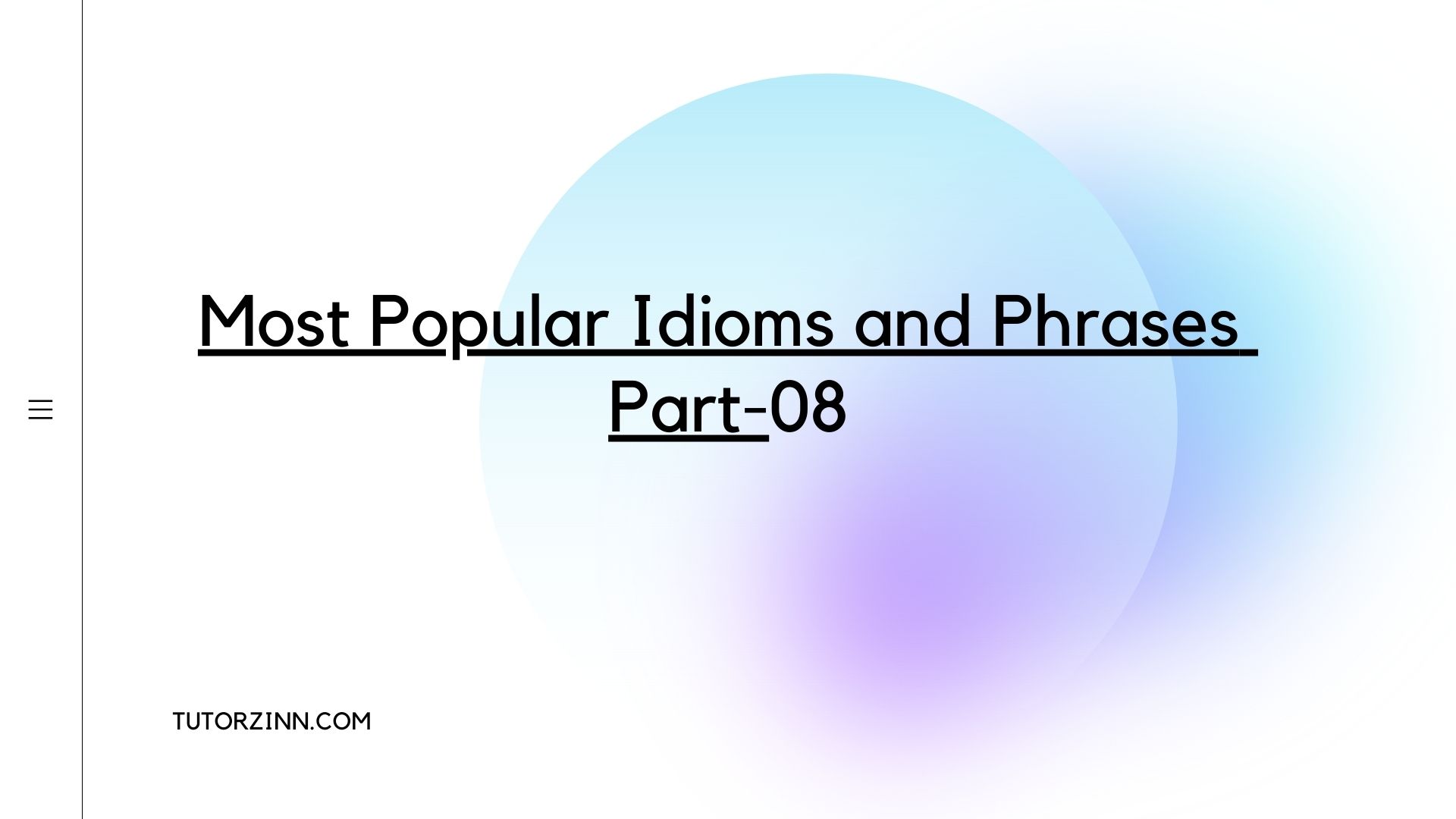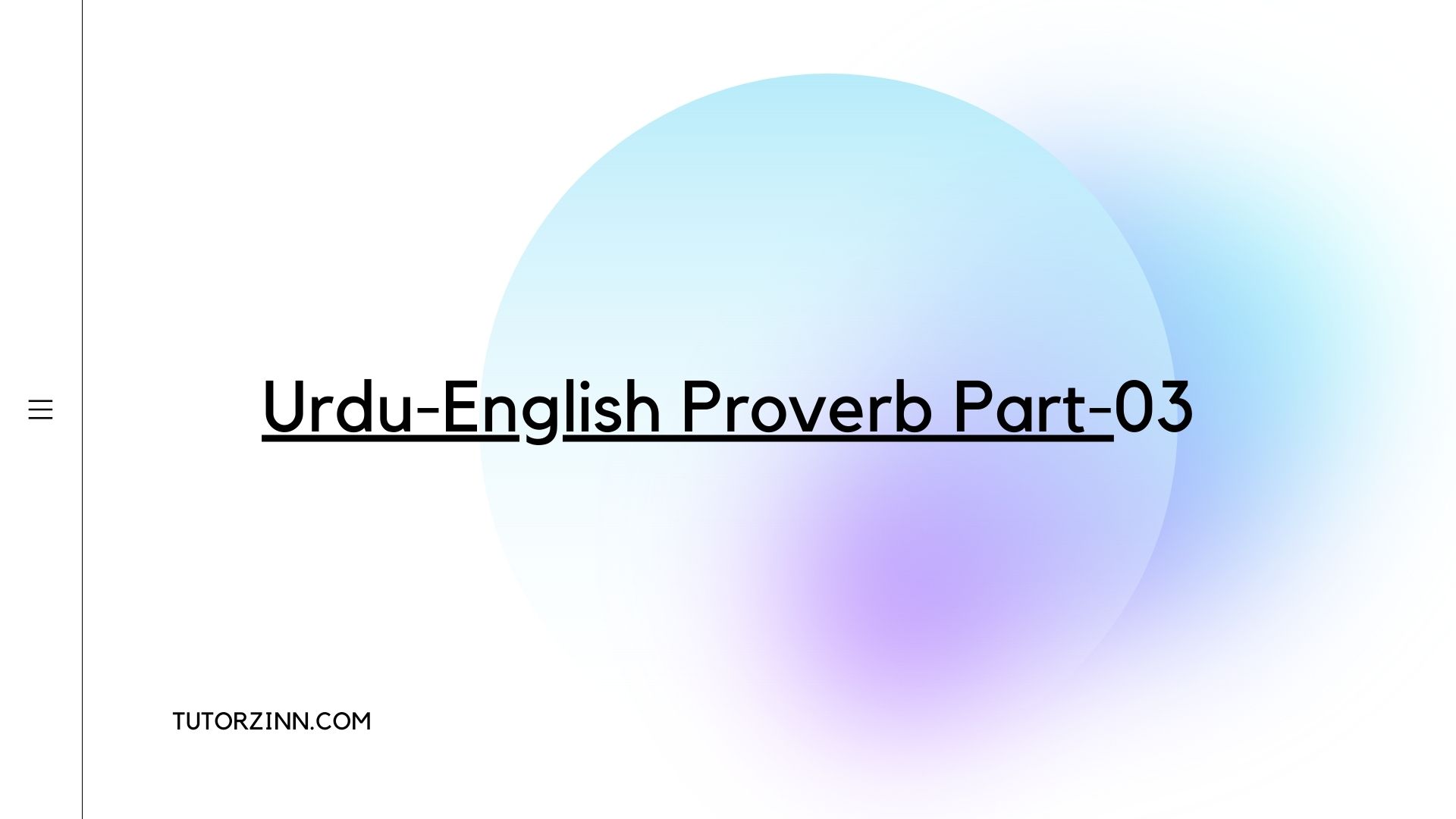Different Education Systems Around the World, Explained
Education systems are not the same across different countries. This section discusses the different approaches that various countries take when it comes to educating its citizens.
Education is one of the most important aspects of any society, having a system in place to provide knowledge and skills for all people regardless of gender, ethnicity, social status or age is paramount for its population’s future success. The education system has a profound impact on social mobility and an individual’s life prospects. There are many different ways to structure an education system but there are a few common themes that can be seen from the various systems around the world.
Australia’s education system is based on ten years of compulsory schooling followed by two years of optional tertiary study or training in order to achieve a qualification (Tertiary Education), which gives
The different education systems in the world vary depending on the country and their social or cultural backgrounds.
In America, primary education lasts for 8 years, followed by 4 years of high school. Higher level education is pursued at either universities or colleges.
In Europe, primary education also lasts for 8 years. But unlike American schools, secondary schools are not mandatory and children have the choice to either attend a gymnasium (which specializes in a specific subject) or a comprehensive school (which offers both academic and vocational subjects). After completing either one of these programs, students can pursue higher level education at universities or colleges such as Oxford University in England.
As technology reshapes the world, there are few sectors that are left untouched by this transformation. Education is one of them.
The education system in America is different from the European system and the way higher education works in Europe is different from primary education.
Primary Education: In America, children go to school for 12 years where they learn math, science, English and other subjects as necessary for a certain level. The last year of high school is a year where students can choose what to study and take exams too if they want to go to college.
Higher Education: In Europe, higher education can be studied at colleges or universities which could last up to 5 years or more depending on how much candidates decide to specialize in one subject.
Universities: Higher education in Europe also includes universities
Different education systems around the world has been a hot topic for the last few decades. It is seen as the hope and key to end poverty, promote peace and democracy, and improve human rights conditions in many countries.
For many years, observers have pointed out that education systems in many countries has been set up as a means of control, not liberation.
In his book “The Fall of Public Man,” sociologist Richard Sennett talks about how society educates people for self-discipline, obedience and conformity all in an effort to protect power from being challenged. The purpose is not to educate people for critical thinking or creativity; those skills are seen as dangerous because they can disrupt rankings within society and lead to questions about why hierarchies exist at all.
The importance of a good education is not a new concept. Education is one of the fundamental building blocks that enable successful countries and societies. However, the focus on achieving this goal in different countries can vary greatly. Some countries have a specific type of education system which focuses on early elementary school, but other countries may have a unique system which starts later at primary or higher levels. There are also those that combine both American and European styles to create their own unique education system.
Different Education Systems Around the World
There are various education systems around the world. Some of them use different methods of teaching, while some ask for different levels of commitment.
The Western-style education system is considered to be the most widespread in the world today. The public school system, which is its backbone, trains children to become members of a community that shares values and beliefs.
The American education system is one example of this style. It has been influenced by Western culture since its birth and it provides instruction in English and other languages as well. But it also has specific features like high inequality and low social mobility than in Europe or Asia…
The American education system is one of the most well-known models for students all around the world. It consists of many different basic levels – primary, secondary, and higher levels. The process starts with elementary school which is typically from grades K through 6. After that there are high schools that vary in length from 3 years to 12 years. High schools may offer both grades 10 through 12 or just 11th and 12th grade.
Primary education lasts for 4 years in Iran and 4 years or 5 years in India, depending on whether you go to a public school or a private school respectively. In Europe, it depends on the country and level of study – Germany has 3 to 10 year courses while France has 2 year courses for primary level education with no differentiation between public or private institutions
In this article, we will be covering the different education systems around the world.
The International Monetary Fund (IMF) ranks Iran as having one of the best education systems in the world.
India is known for its high-quality primary and secondary education. The problem starts when Indian students make it to higher education. India has a low number of universities, which is not enough to cover all students that want to go on to higher education.
In America, there are two main types of schools: public schools and private schools. Public schools receive funding from taxes and are open to anyone who wants to attend them, but they are not free because they have a fee that needs to be paid each year. Private schools do not receive funding from taxes and have a tuition fee that must be paid on.




